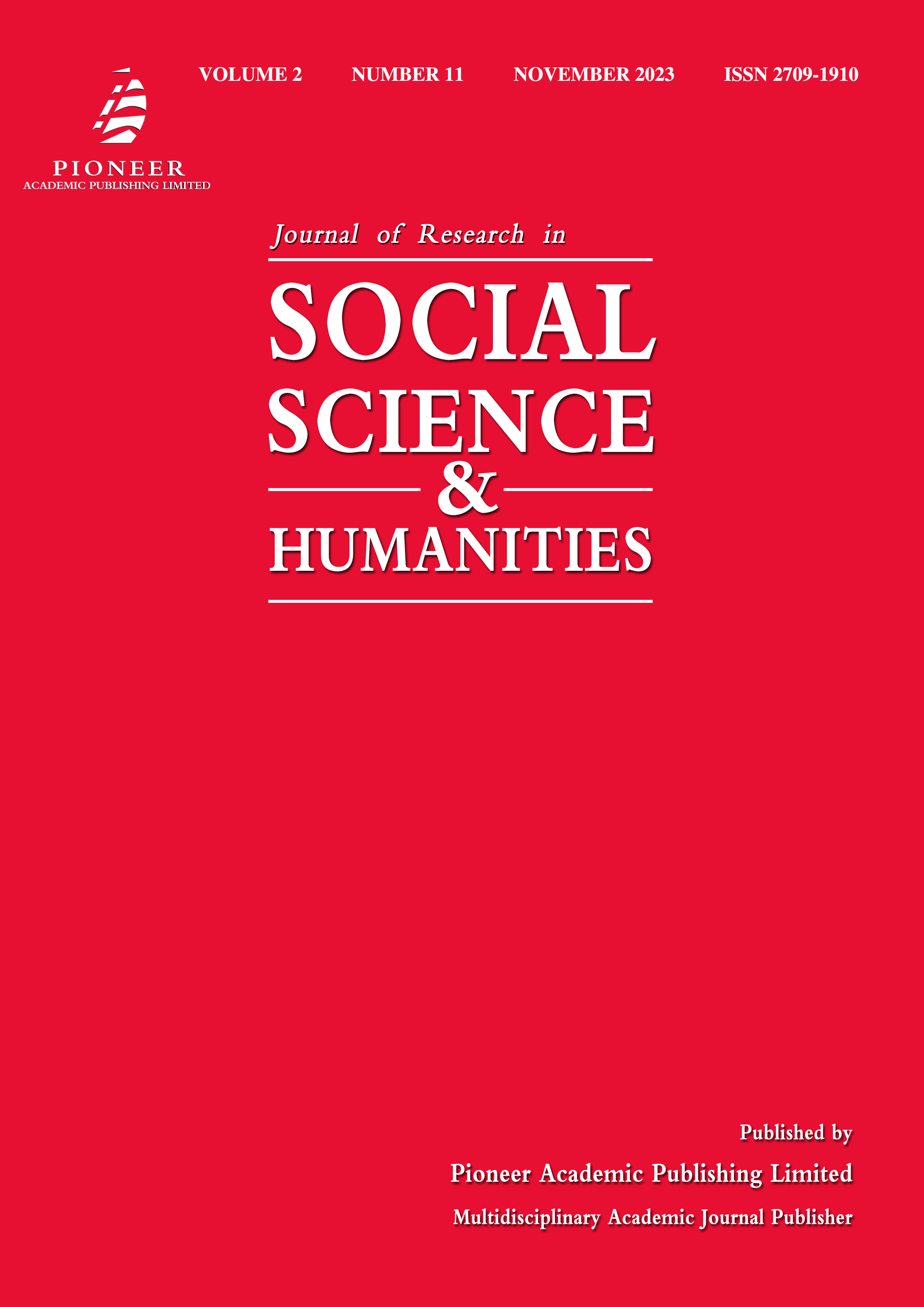Incorporating the Arts: A Comprehensive Analysis of the Evolution from STEM to STEAM in Contemporary Education
Keywords:
STEM education, education, STEAM educationAbstract
The evolution from STEM (Science, Technology, Engineering, and Mathematics) to STEAM, with the inclusion of the Arts, has marked a significant shift in contemporary education. STEM education initially prioritized technical skills essential for a rapidly advancing world, yet it started to acknowledge a gap in nurturing holistic development. STEAM recognizes that true progress requires not just analytical prowess but also creative thinking and problem-solving. This paper explores the historical context, theoretical framework, and benefits of integrating arts into STEM education, highlighting how it cultivates a dualistic form of thinking, makes complex concepts tangible, and fosters innovation. However, transitioning to STEAM presents challenges such as curriculum development, teacher preparedness, and resource allocation. Policymakers are urged to enhance funding, revisit academic standards, and forge partnerships with art institutions to foster this innovative educational approach, ultimately equipping students with a well-rounded skill set for the 21st century.


